The oyster mushroom is one of the easiest to grow. Available free on the internet is a +300 page handbook on oyster mushroom cultivation which has as its central premise that: “Mushroom cultivation has been evaluated as an effective means for poverty alleviation in developing countries due to its possibility of low cost production, high profit and quick return”. A handy insight into mushroom growing around the world.
I purchased grain spawn grey dove oyster (Pleurotus ostreatus) in February and today I harvested some of the mushrooms from my grow box and sauteed them with olive oil and chopped garlic – delicious. In fact the whole meal was delectable – home made whole wheat bread, home brewed dark German style beer, free range eggs (my hens are producing approximately 9 a day) and mounds of garlic, lettuce and other greens from the raised beds.
But to return to the oyster mushrooms. I have two operations going – an outdoor mushroom shelter where I am waiting for them to emerge from tulip poplar logs, and an indoor grow box. For the grow box I submerged a bale of straw in water for several days, then packed the straw (substrate) into a plastic grow container which is 36″ long, 22″ wide and 7″ high, sprinkled with grain spawn.
|
|
|
I enclosed the container fully in a black trash bag for a few weeks in the upstairs room where it is warm, checking that it was moist at all times. The black trash bag prevented cereal seeds from sprouting. When the fungus (mycelium sounds better) had colonized the straw (the straw was covered with a soft white layer), I made a plastic (see through) tent over the container to maintain a high humidity level.
My first mistake was to allow outside light to hit the container. The mycelium staggered from the light onslaught, visibly slowed its efforts and appeared to assume a yellowish pallor – presumably it was thinning and showing the straw underneath . I moved the container to a less bright area of the upstairs room and hoped growing activities would resume, but when activity had obviously abated, I concluded the room temperature was too high (my second mistake). So I relocated the container to the basement where it is cooler and there is some but not much outside natural light. And the mycelium got back into the swing of life and began growing actively. I have also been adding coffee grounds from my cappucino machine (my afternoon indulgence) and the grounds have been colonized but have not yet produced mushrooms.
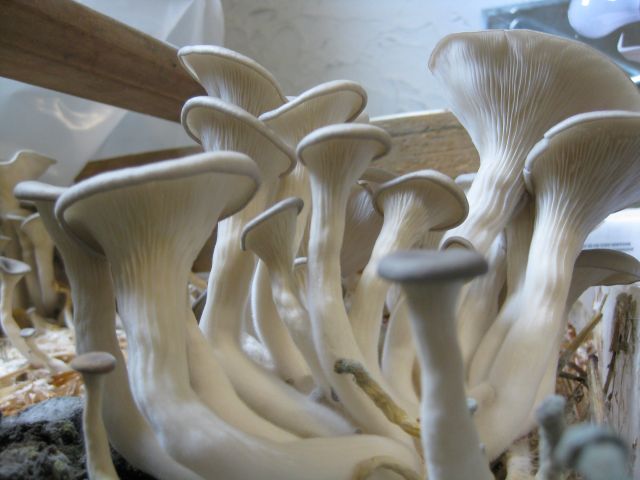
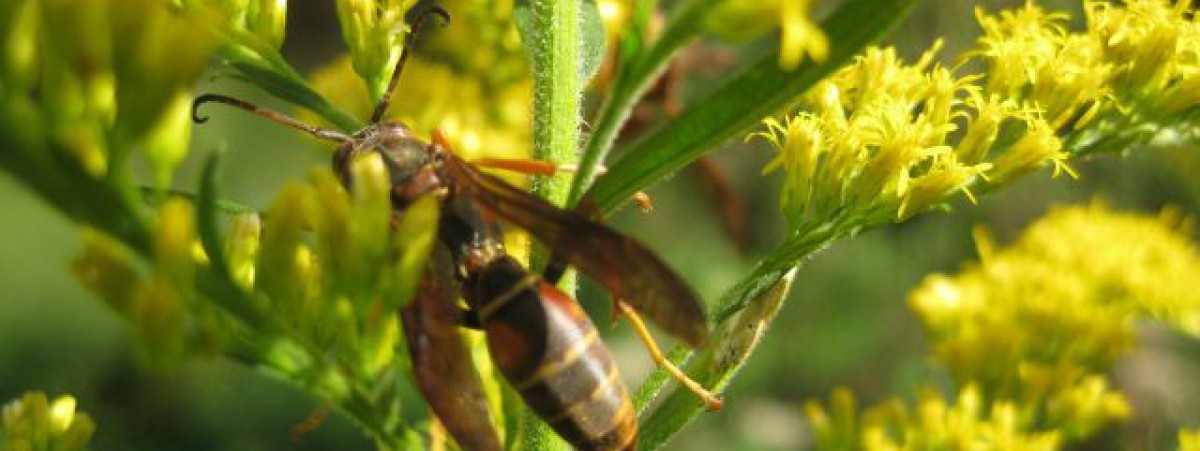
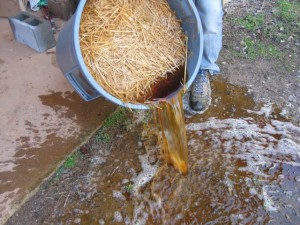
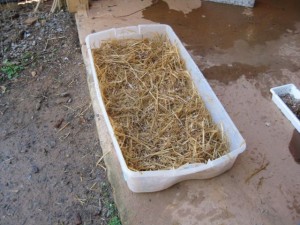
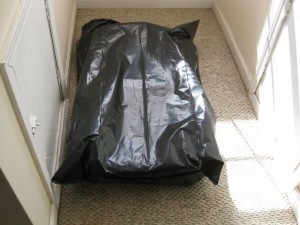
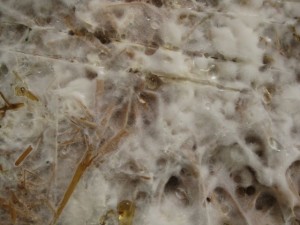
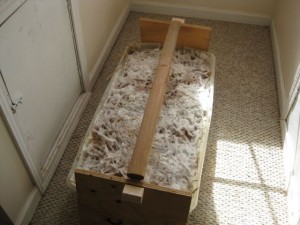
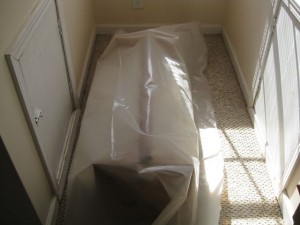
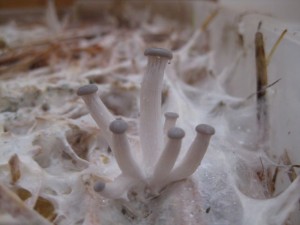
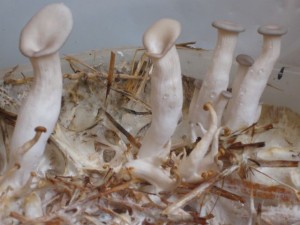
A very well written blog, thought I might share http://mushroomsource.ca with you.
Thanks. You have a nice looking website.
Hi.
You didn’t pasteurise and you didn’t chop the straw short? I’d be delighted to think I could avoid those tedious tasks.
What sort of yields you getting from a bale?
At what rate/ratio do you add the spawn?
Thanks.
Michael.
Thank you for your comment and sorry for delay in getting back. My mushroom growing did not do well last year when I transferred activities outside. This year I will be focusing on shiitake and rethinking my approach and will post as I progress.
I know a lot of time has passed since you wrote about the “free 300 page handbook” but I would like one if they are still available. Where to go for it ?
Rick
It’s called “Mushroom Growers’ Handbook 1: Oyster Mushroom Cultivation” and you should be able to google it and download it or at this website: http://mushroomtime.org/wp-content/uploads/2014/06/02-Mushroom-Growers-Handbook-1-Oyster-Mushroom-Cultivation-MUSHWORLD.pdf. Good luck!